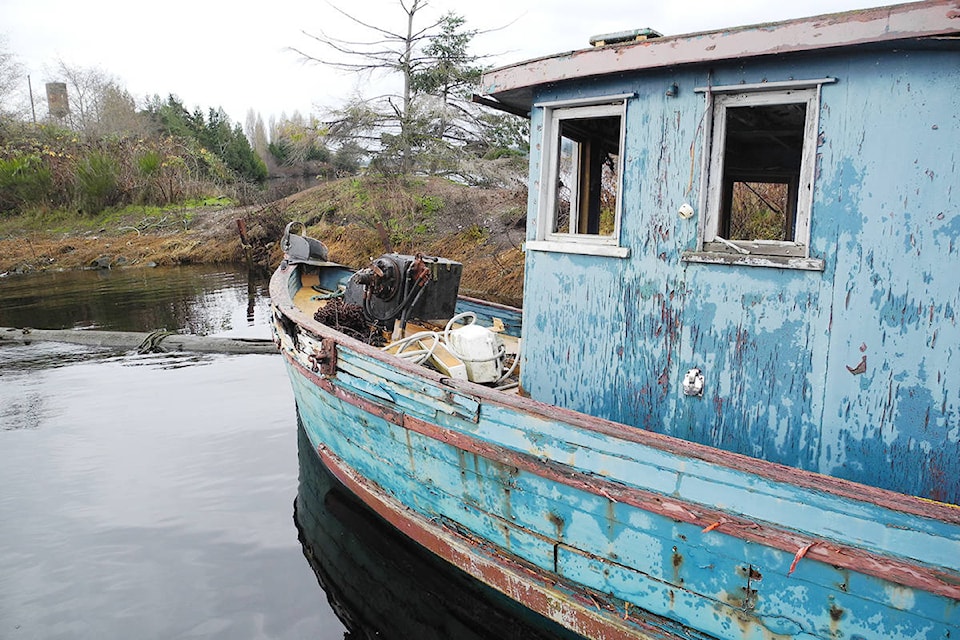Among the great benefits of living on an island are the many boating opportunities it affords. Even seeing the colourful vessels off-shore adds to the picturesque setting.
But if those vessels are abandoned, serious environmental concerns emerge.
“If you see a boat that looks abandoned, please let us know,” says Glenn Harris, senior manager of the Capital Regional District’s environmental protection team.
“Abandoned boats impact the health and safety of our shorelines, especially when fuel, chemicals and garbage are impacting the marine environment,” Harris explains.
Reporting suspected abandoned boats is easy: Simply snap a photo, jot down the boat’s location or GPS co-ordinates and send these details to infoline@crd.bc.ca so the CRD can potentially remove and dispose of the vessel safely.
For more information – including step-by-step disposal guides – visit crd.bc.ca/boat
Of course, the best way to prevent derelict boats from polluting local waters is to dispose of them safely and responsibly. The good news is that here in the Capital Region, there’s a few options to do that:
1. Donate it to a worthy cause. If your boat is salvageable, consider donating it to a non-profit that can give it a second (or third) life. Both the Sail and Life Training Society (SALTS) and the Disabled Sailing Association of BC accept boat donations.
2. Recycle it for parts. If your boat is beyond repair, most of it can be recycled. Visit myrecyclopedia.ca to learn how and where you can recycle everything from oily bilge water and propane tanks to engines and electronics – but make sure you’re aware of any hazardous materials like asbestos on board before you start taking things apart.
3. Safely dispose of what can’t be recycled. A qualified professional should assess your boat for any hazardous materials before disposal. Some components may contain asbestos, for example, which requires special handling before disposal at Hartland Landfill. And the paint on your boat may contain leachable heavy metals, requiring disposal through a hazardous waste contractor.
Once you’re removed all recyclable items and hazardous materials, the rest of your boat can be disposed of safely at Hartland by appointment with a controlled waste permit. Email controlledwaste@crd.bc.ca for details.
